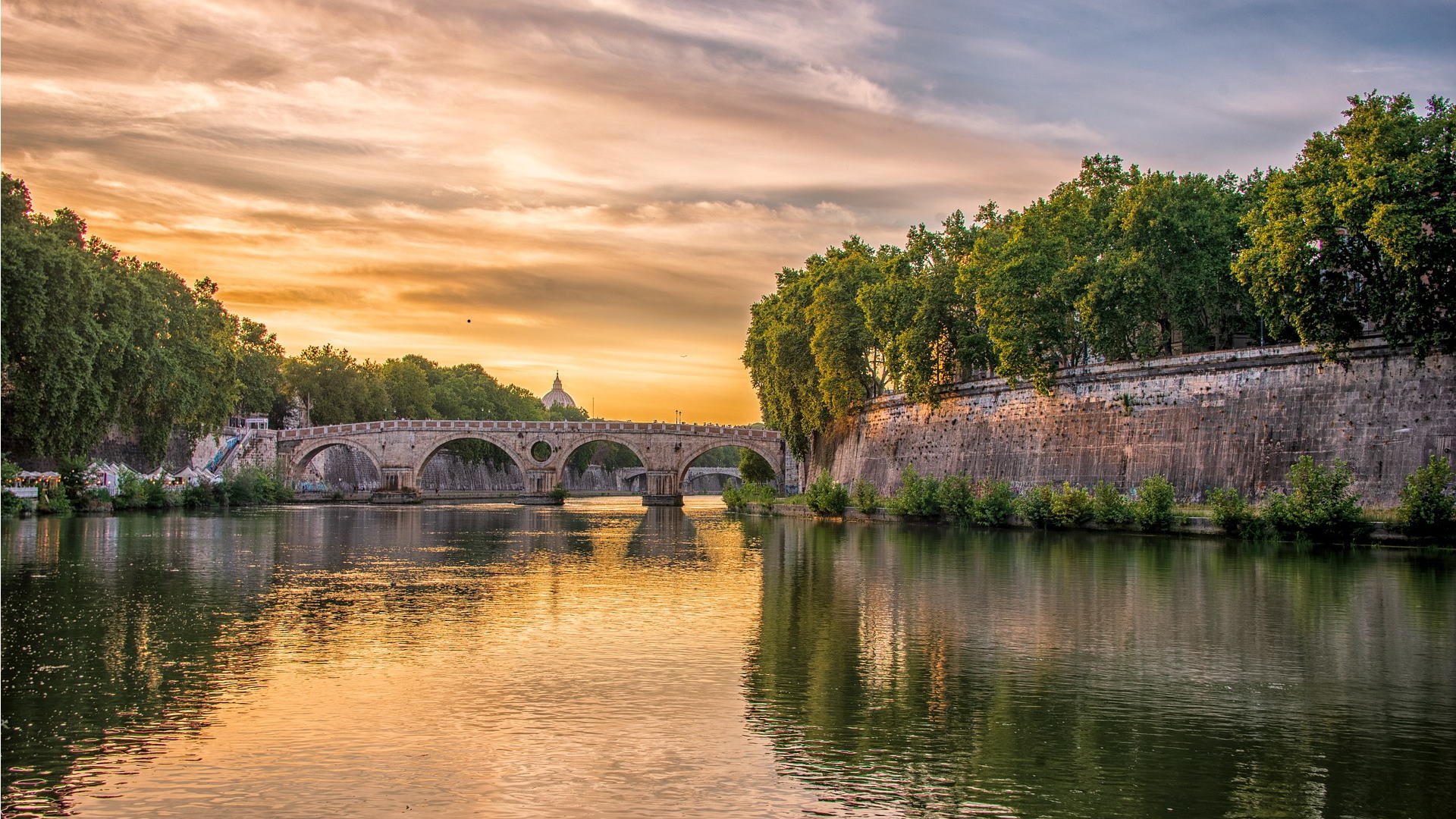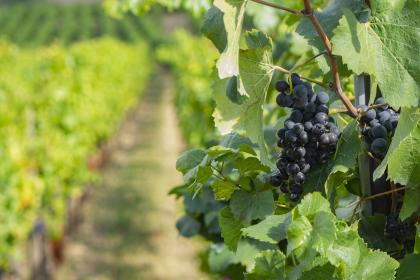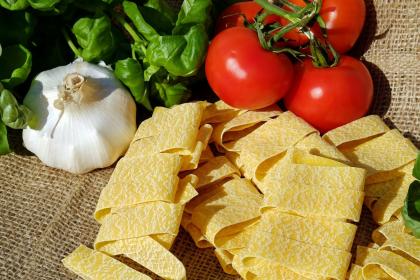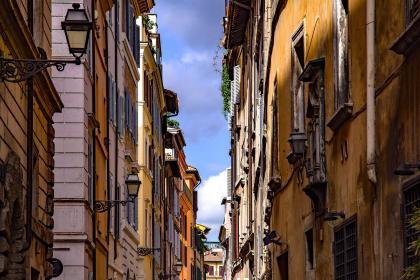
“Che splendida ottobrata” - What a wonderful October!
Visitors arriving in Rome at the beginning of autumn will certainly happen to hear this strange expression, quite familiar to Romans. Yes, because October, for Rome, is a magical month, almost a second summer, with bright days and an extremely mild climate. Thanks to the balmy, sunny days and to the softer autumn light, in this period the city seems to give its best enchanting Romans and travelers alike. But October, as we know, also brings with it the colors and aromas of wine: and wine is precisely the other essential ingredient of what were once the famous “Roman Ottobrata” day trip.
The history of the Ottobrata
The Ottobrata was a traditional custom that, according to some historians, would descend from the Bacchanalia feasts of the ancient Romans, which were related to the cycle of the seasons and honored Bacchus, the Greco-Roman god of wine. Until the early 20th century, Romans used to celebrate the end of grape harvest for wine by indulging in some small excess. Thus in the month of October, on Sunday or Thursday morning, it was normal to see small groups of people departing from the city districts and heading “out of town”, beyond the city gates. The outdoor escapes joined nobles and common people and had as their destinations the vast countryside, orchards and vineyards that once surrounded the city, for example the meadows after the Milvian Bridge, the vineyards between Monteverde and Porta San Pancrazio or outside Porta San Giovanni and Porta Pia. One of the favorite destinations, however, was Mount Testaccio with its famous “wine catacombs” that were built along its slopes in the 17th century: the caves provided the ideal temperature to best preserve what was the real protagonist of the feast.
Wine, songs and eggshell-shaped carts
Those who could afford it, travelled by a “carettella”, a typical eggshell-shaped carriages pulled by two horses, harnessed and adorned with rattles and cowbells. As chronicles, prints and engravings of the time show, inside the cart there were seven or nine girls, dressed up and with hats covered with flowers and feathers: the girl sitting next to the carter was the “Bellona”, the others were simply the “Minenti”. Men, relatives and friends followed the cart on foot, singing, playing and dancing. The festive outings also attracted the attention of illustrious foreign travelers, philosophers, observers and onlookers of the time. Giacomo Casanova, for example, wrote he had a beautiful day, with just one drawback: the journey from Rome to Testaccio, the destination of his Ottobrata, was too short and the time he had spent in the cart with his women was not enough.
Having fun is serious business
Outings were intended for “pure” fun: it was a city feast lasting a whole month, with lots of food such as gnocchi, lamb and tripe, and above all lots of wine. People would play games such as bocce and ruzzola using wooden wheels, and they would dance saltarello – the traditional dance of the Rome of the gone times – to the sounds of drums, guitars & castanets. The tradition was taken very seriously and, including clothing, food and transportation, taking part in an Ottobrata day trip costed a lot. So, in order not to disfigure, someone even resorted to the Monte dei Pegni pawnbroker. A burlesque chronicle from 1860 reports that once a wife and husband brought each other’s clothes to the Monte. A woman went so far as to pawn the bed: her husband always came home drunk and would not have noticed it... For those less fortunate, all that remained was to take advantage of the Roman villas opened for the occasion by their owners, for example Villa Borghese, where the princes set up spaces for games and songs. And which still today is one of the best places to enjoy Rome’s beauty in autumn.
Wine drinking culture in Rome

Traditional cuisine

A city within a city: the rioni of Roma

Origin, history and fascinating facts about the ancient districts of Rome











































